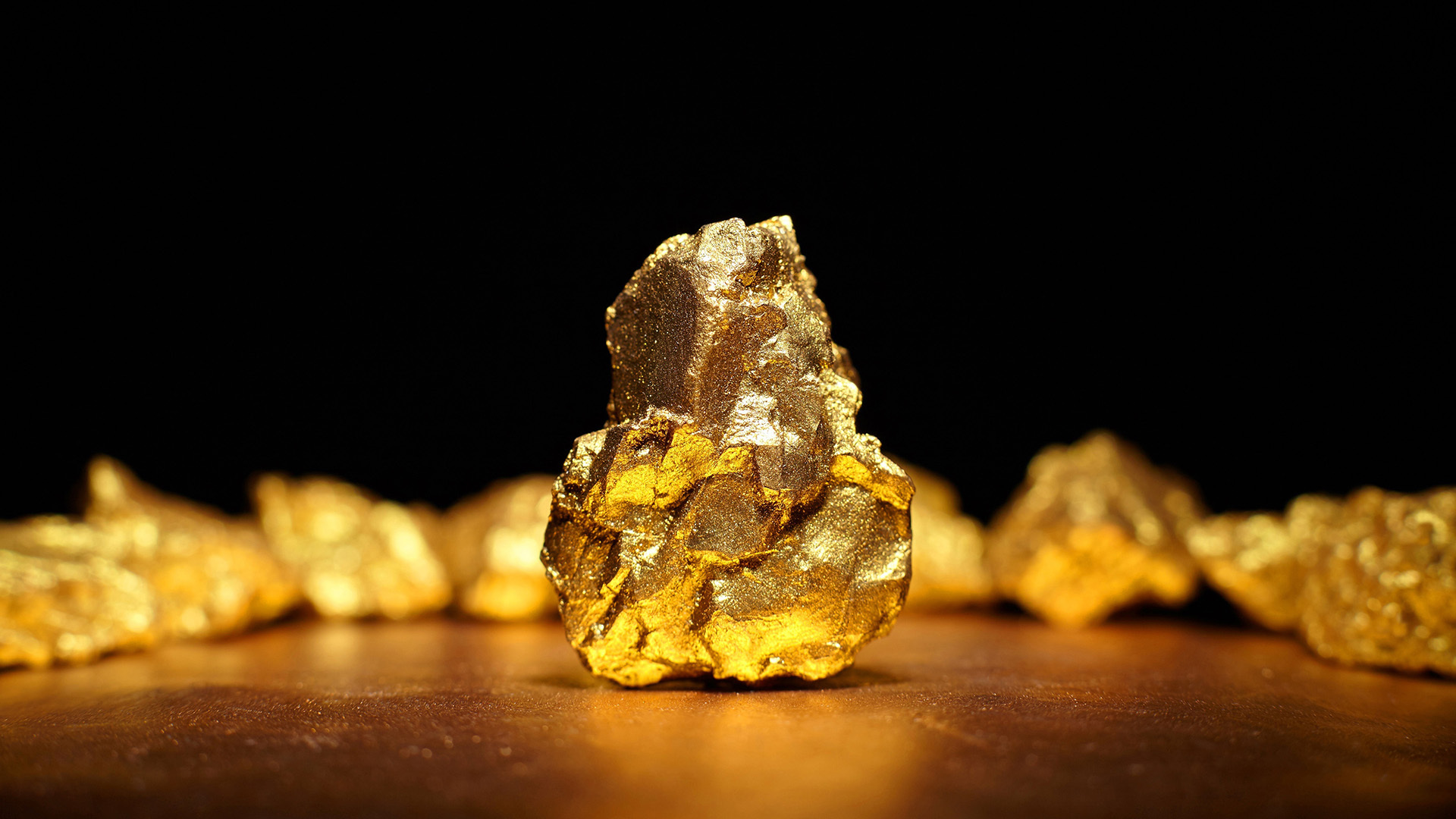How is Gold Formed: The Fascinating Process

Gold is a magnificent chemical element prized for its elegance, value, and potential as an outstanding investment. Have you ever wondered about the formation of gold? Gold, being one of the world's four most valuable metals, has the most intriguing formation phenomena.
You'll be as startled as we were to learn the history of this metal's existence! Keep reading to know!
Gold Formation – The Dead Stars
Yes, you read correctly - the dead stars. When a neutron star collides or a star explodes in a supernova, the energy released creates this valuable material. R-process played its role in producing this heavy metal. The process is thought to have occurred long ago, even before the solar system's formation.
Helium and hydrogen were the only elements created in the distant past. The nuclear explosions from the stars after the big bang led to the production of denser elements from other light elements. These processes emit a huge quantity of energy.
With time, the processes intensified, and heavier elements started to be generated. A time came when heavy elements, including gold, lead, mercury, and cadmium, were created.
You now understand that this precious metal is a product of events occurring in outer space. There is no denying the reason why this metal is so pricey! Before we explain how this metal got to our planet Earth, let's first go through what a supernova, neutron star, and the r-process are.
Supernova – Catastrophic Process of the Aged Star
It is essentially the star's destruction. The fireball explodes when its life has come to an end. Due to the massive quantity of energy released, the occurrence is extremely devastating. The energy released by them would illuminate the galaxy as a whole. Light and other radiations make up most of the star's exploding energy.
Neutron Star
As implied by their name, neutron stars contain many neutrons. It is also the reason why they are extremely dense. These stars have extraordinary properties and are known to arise through the explosive deaths of other, bigger stars.
The magnetic field and gravity of these stars are quite strong. According to estimates, the gravity of a neutron star is around 2 billion times higher than that on Earth. Additionally, they produce higher x-rays.
R Process
The rapid neutron capture process is another name for the r-process. Additionally, this mechanism is in charge of how gold is created. The nuclei that develop as a result of this process are massive. This method is used to generate the majority of isotopes.
A high neutron density and an exceedingly high temperature are necessary for this process.
Reaching the Star Debris to Our Planet
According to some scientists today, asteroids helped the remnants of dead stars reach the planet Earth. According to scientific knowledge, it was a component of the Earth's core while the world was developing.
Extraction of the Gold
Gold is extracted by underground mining. A sledgehammer or other equipment is then used to crush the gold-containing rocks into small chunks.
The components must be broken down into smaller sizes, done with big machinery. Steel balls within the revolving drums crush the rock fragments, turning them into a fine powder.
The gold is then separated from the remainder of the sand in the next stage. Processes such as leaching, electrowinning, and smelting are used to produce 99.9% pure gold.
Gold is, therefore, valuable, not just because it came directly to us from space but also because extracting it is difficult. Removing it from the rocks and mountains requires considerable work and time.
Where is Gold Found on Earth?
Nowadays, gold is known to be found all over the world. Although it is usually found in the layers of the Earth, rocks, earthquakes, and volcanic eruptions have caused it to travel to streams and other locations.
The nations with the greatest gold mining deposits are:
- Australia – 10000000 tons
- Russia – 5300000 tons
- South Africa – 3200000 tons
- United States of America – 3000000 tons
- Indonesia – 2600000 tons
Can Gold be Created in Labs?
Let's look at this element's chemical characteristics before responding to this question:
- Atomic number – 79
- Density – 19.3 gcm^-3
- Melting point – 1062 degrees
- Boiling point – 2000 degrees
- Electronegativity – 2.4 (according to Pauling)
- Atomic mass – 196.9655 g.mol^-1
Modern scientists made a valiant effort to produce this metal independently but were unsuccessful. This element demands so much energy to create that it is impossible to do in a lab using any chemical principles. After all, no chemical reaction can modify an atom's atomic number.
Fun Fact
Did you know that gold has amazing benefits for human health? Yes, you did read this right. When all other medications fail to provide relief, gold is used to treat people living with rheumatoid arthritis.
The usage of this metal is so extensive that it's not only used in the realm of medicine but also to create engagement and wedding rings, awards, jewellery, and ornamental objects.
We have discussed the amazing process of how gold is formed and its chemical makeup, existence, and extraction. Did you ever think if this matter was sent to us directly from outer space? We believe you never did!







